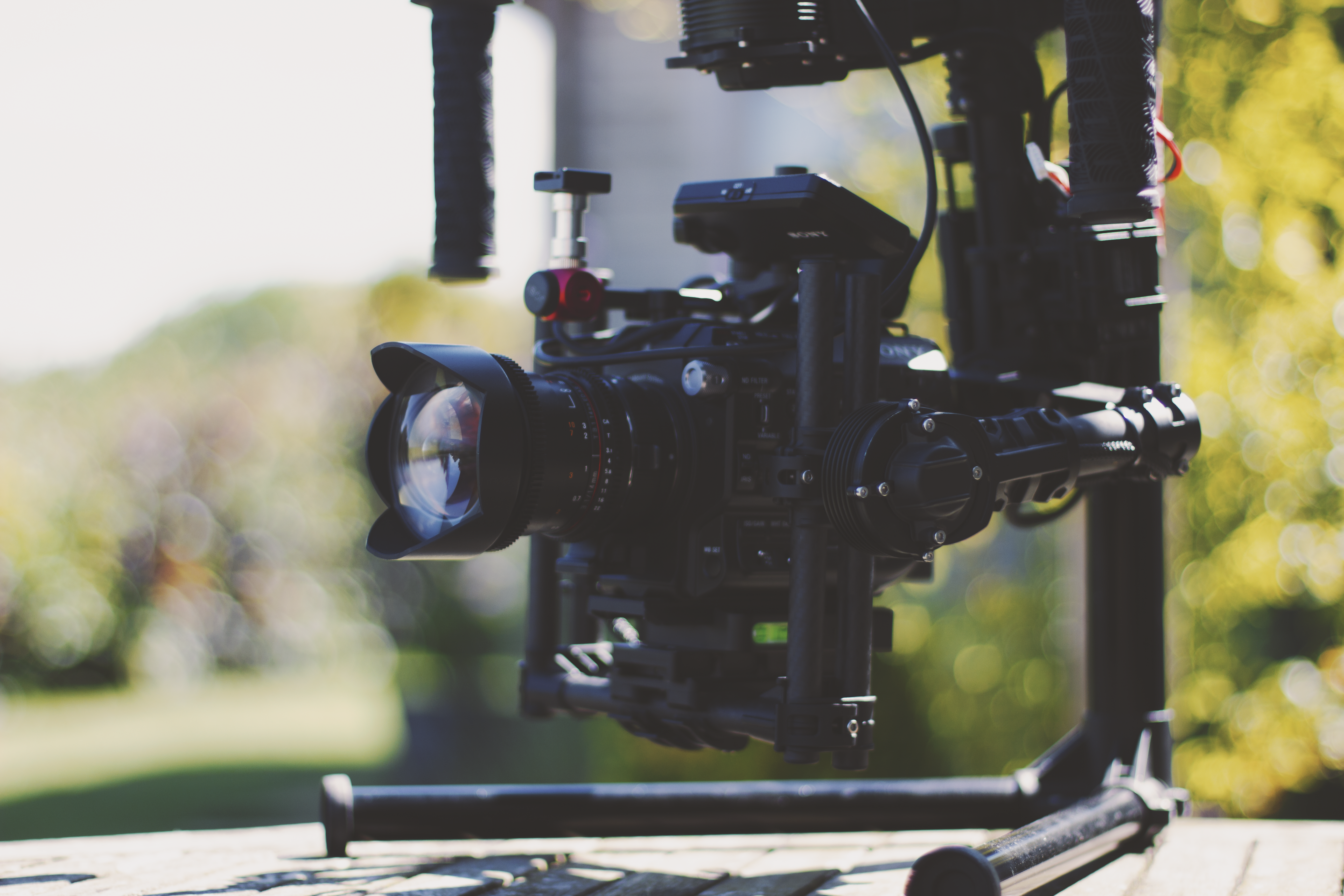The quality of cameras for shooting video can vary, but even with a professional standard camera, the choice of lens for each shot can be the difference between a great image and a sub-par one. Here, we’ve put together a guide to the different types of camera lenses.
Prime and zoom lenses
While there are many different types of camera lenses, they can all be grouped into one of two categories: prime lenses and zoom lenses.
A prime lens has a fixed focal length, meaning it is not possible to zoom in or out, other than by moving closer or further away from the subject. These lenses tend to be lighter than zoom lenses, and also are capable of producing sharper, richer images because there are fewer optical elements that increase the chance of abnormalities.
On the other hand, a zoom lens has a variable focal length, meaning you can zoom in and out using the zoom ring on the lens body without moving the camera. Zoom lenses are popular with cinematographers because they can be used for wide angles, extreme close-ups and everything in between.
Different types of camera lenses
While the above categories cover all types of camera lenses, some prime lenses may be better than others in certain situations, and the same goes for zoom lenses. The following are some of the most popular types of camera lenses for shooting video.
Kit lens
The kit lens is a general-purpose zoom lens that usually comes as standard with DSLR cameras, typically with a moderate focal length of 18-55mm.
Kit lenses are relatively light and compact compared to other zoom lenses and are versatile enough for a range of projects. However, they are not especially fast or sharp, meaning that most cinematographers will prefer to use function-specific lenses to get the best-quality shots.
50mm
This is a very popular type of prime lens because it has a high speed and a wide aperture which allows a shallow depth of field. This allows cinematographers to create very aesthetic shots in the ‘bokeh effect’, where the subject is in sharp focus but the background is softly blurred to create a great contrast.
Anamorphic
Anamorphic lenses are used to capture wider images than other types of lenses. Anamorphic lenses have a very wide cinematic aspect ratio of 2:39:1 for huge wide shots. Unlike a normal wide-angle lens, however, they don’t create close-up distortion, and the centre of the frame stays sharp but the edges have a soft, cinematic finish.
Telephoto
A telephoto lens is a very long type of zoom lens with multiple focal points. This type of lens is mainly saved for shoots with very large sets or locations where it isn’t possible to get close to the subject, such as in wildlife documentaries.
The telephoto lens compresses and magnifies details in the image and can help avoid barrel distortions. It is also possible to get a sharp image of the subject with an aesthetically pleasing blurry background with this type of lens.
Wide-angle
A wide-angle lens is a prime lens that is used to fit larger objects into the frame or to highlight things in the foreground. These lenses usually have a focal length between 14mm and 20mm and are lightweight, making them a good choice for shoots where you are on the move.
Wide-angle lenses provide greater depth of field and more in-focus images, but they are not good at achieving compression and producing the ‘bokeh effect’. Some wide-angle lenses can produce the fish-eye effect if the focal length of the lens is larger than the camera’s sensor size.
That concludes our guide to camera lenses for shooting video. Most cinematographers will use a selection of prime and zoom lenses for their projects rather than sticking to just one to try and get all the shots.
It takes experience to understand which lenses will be best suited for different situations. Multiple lenses are a significant investment, but the end result will be a much richer and more aesthetically-pleasing video.If you are currently looking for an experienced videographer to work on a project, you are welcome to get in touch.
